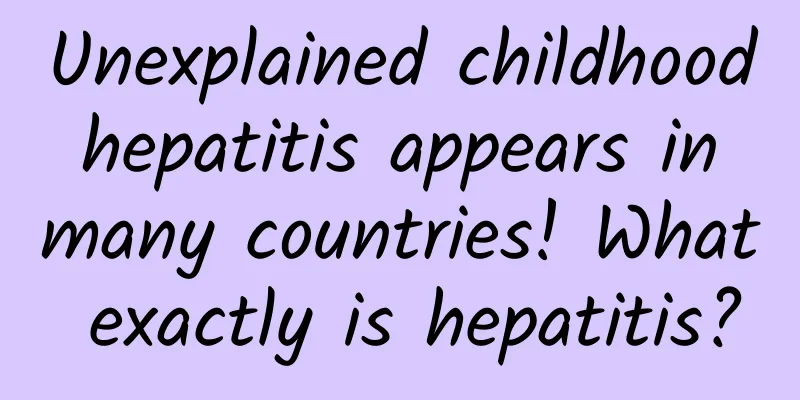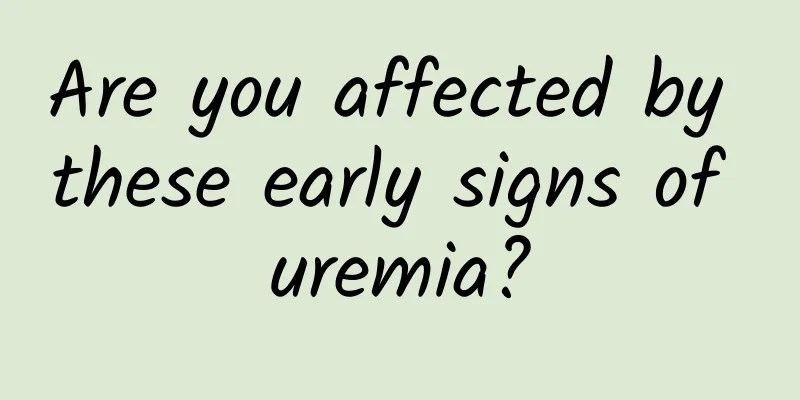What does low estradiol mean?

|
Estradiol is particularly important for women's bodies. It mainly promotes the growth of reproductive organs and promotes the healthy development of the fetus during pregnancy. However, many women have low estradiol levels, and some are often unaware of it. This is actually very dangerous. Low estradiol is often caused by some diseases, but it is also partly due to one's own reasons. So what does low estradiol levels in women mean?
Without any inducement, you will feel the heat spreading rapidly from the chest to the face and upper limbs, sometimes accompanied by palpitations and sweating. Some people mainly suffer from hot flashes at night, often waking up in the middle of the night, sweating all over. Hot flashes and night sweats are caused by the lack of estradiol hormone, which causes the vasodilation and contraction movements to be in a chaotic state. 2. Back pain Whether you are lying on your back or sitting, you will feel the pain spreading to both sides of the spine, sometimes heavy and sometimes light. The pain worsens when stretching backward while standing upright or when standing or sitting for a long time, and the pain alternates between light and severe during the day and at night. Sometimes it gets worse when you wake up in the early morning.
During women's menstruation every month, their skin condition will be particularly bad: dry, dull, lack luster, and fine wrinkles are obvious. This is because during this period, the amount of estradiol hormone in women's bodies is the lowest. 4. Abnormal mental and neurological symptoms There will be feelings of anxiety, depression, irritability, anger, crying, fatigue, and skin ants. The skin always feels numb, as if there are groups of ants crawling on the skin or in the hair, which is particularly uncomfortable. However, no abnormalities are found after dermatological examination.
During menopause, women's blood estradiol hormone levels drop significantly, making them more likely to develop osteoporosis. The bones become lighter, softer, more brittle and more prone to fractures; at the same time, symptoms such as shortened height, hunchback and back pain appear. Directly or indirectly causing infertility. Estradiol hormone can stimulate follicle development and promote or inhibit the release of gonadal hormones, thereby affecting ovarian function, leading to anovulation and affecting fertility. Causes atrophy of reproductive organs. As estradiol levels gradually decrease, uterine atrophy, vulvar atrophy, and reproductive tract atrophy will follow. |
<<: What does elevated estradiol mean?
>>: What are the benefits of wearing a pearl necklace
Recommend
Will menstruation come during breastfeeding?
Will menstruation return during breastfeeding? Th...
What kind of sanitary napkin is good?
Sanitary napkins have a very strong absorbency an...
What should I do if my lower body is still itchy after giving birth?
After giving birth, something will inexplicably a...
Research Progress丨Positive results of melanin vaccine revealed, is the vaccine for preventing cancer recurrence a therapeutic or preventive vaccine?
April 15th is National Anti-Cancer Day, but there...
Can I have sex if I have vaginitis?
After getting vaginitis, the first thing to do is...
Can I see a gynecologist when I am menstruating?
There are a few days every month when women have ...
What is a healthy diet? Just look at this recommendation to know
Let me share with you some information about some...
What does wakame look like? How to wash wakame
Wakame is a very popular and beloved seafood vege...
Why can't girls hold their urine?
I wonder if girls have ever encountered the probl...
I have stomach pain on the tenth day after IVF
If a woman has symptoms of infertility, she can u...
I'm more than a month pregnant and there's some dark brown blood
One month into the pregnancy, some people find th...
What are the main symptoms of breast hyperplasia?
Breasts are the most obvious, sexiest and most ty...
What is the image of Cao Cao in the Romance of the Three Kingdoms? How did Cao Chong die in the Romance of the Three Kingdoms?
There are more than a thousand characters with na...
Is crying after childbirth bad for your eyes?
During the period of giving birth, many mothers a...









